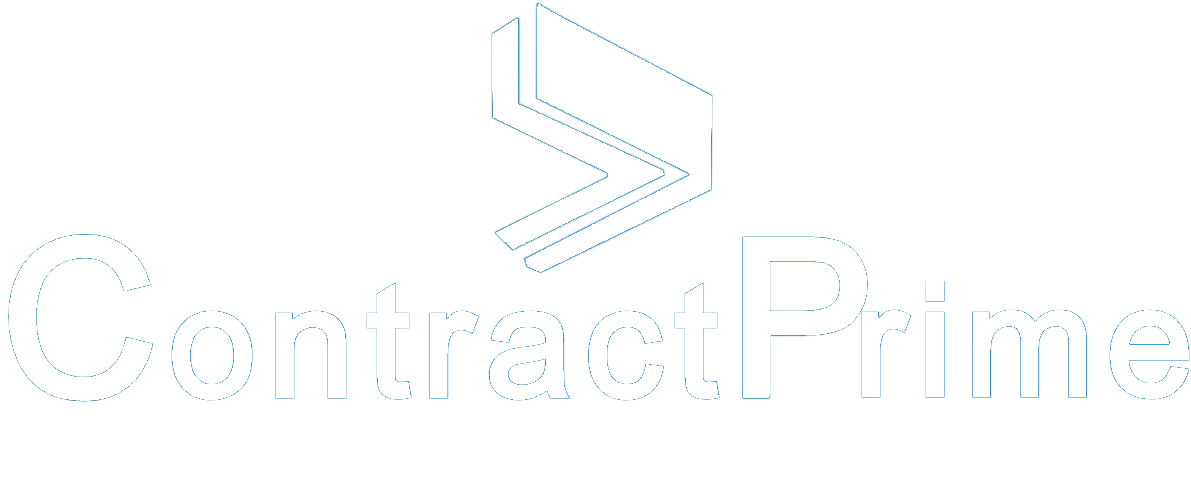How to Overcome CLM Adoption Challenges: A Comprehensive Guide to Contract Lifecycle Management
In today’s dynamic business landscape, organizations are increasingly turning to Contract Lifecycle Management (CLM) software to streamline their contract management processes. However, the journey towards successful CLM adoption is often fraught with challenges that businesses must navigate strategically. This comprehensive guide explores the various hurdles encountered during CLM adoption and provides actionable strategies to overcome them effectively.
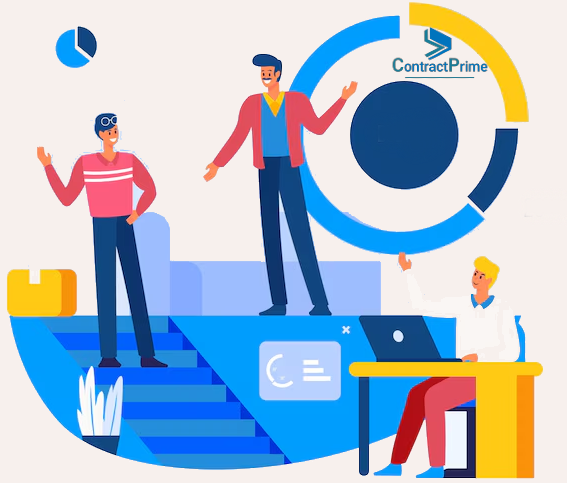
Written by Knowledge Team, posted on June 01, 2024
Understanding Contract Management Challenges
Before diving into the specifics of CLM adoption, it’s crucial to grasp the broader landscape of contract management challenges. From manual processes to compliance risks, organizations face numerous obstacles that impact productivity and increase risks. Addressing these challenges lays the groundwork for successful CLM implementation.
Inefficient Manual Processes
Inefficient manual processes often dominate contract management practices, leading to delays, errors, and compliance issues. Without centralized systems and standardized contract workflows, organizations struggle to maintain visibility and control over their contracts, increasing the risk of legal disputes and missed opportunities.
Compliance Risks
Compliance risks loom large over contract management, particularly in heavily regulated industries. Navigating complex regulatory requirements and ensuring contract compliance across the organization is a daunting task, often resulting in costly penalties and reputational damage.
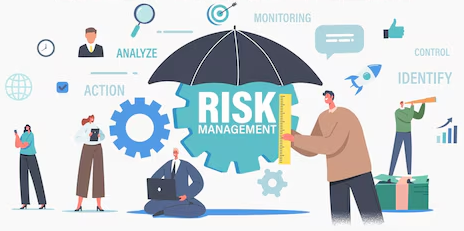
Addressing these challenges requires a holistic approach that combines technology, process optimization, and organizational change management. By implementing CLM software, organizations can streamline their contract management processes, enhance visibility and control, and mitigate compliance risks effectively.
Leveraging CLM Software for Legal Departments
CLM software offers significant benefits for legal departments, enabling them to overcome many of the challenges associated with contract management. Enhanced workflows, increased visibility, and streamlined compliance processes empower legal teams to optimize their operations and focus on strategic initiatives.
By centralizing contract data and automating routine tasks, CLM software enables legal departments to improve efficiency and productivity. With easy access to contract information and advanced reporting capabilities, legal teams can quickly identify risks, track obligations, and make informed decisions, reducing the time and effort required to manage contracts manually.
Moreover, CLM software facilitates collaboration and communication among legal teams and other stakeholders, streamlining the contract review and approval process. By providing a centralized platform for collaboration and document management, CLM software enhances communication, reduces errors, and accelerates contract cycles, enabling legal departments to deliver value to the organization more efficiently.
Implementing Best Practices for CLM Adoption
Successfully implementing CLM software requires adherence to best practices to ensure a smooth transition and maximize ROI. From selecting the right vendor to defining clear objectives, organizations must follow proven methodologies to achieve success.
Conduct a Comprehensive Needs Assessment
Conducting a comprehensive needs assessment is the first step in the CLM adoption process, allowing organizations to identify their specific requirements and evaluate potential solutions effectively. By understanding the organization’s pain points, goals, and constraints, stakeholders can make informed decisions and select a CLM solution that aligns with their needs.
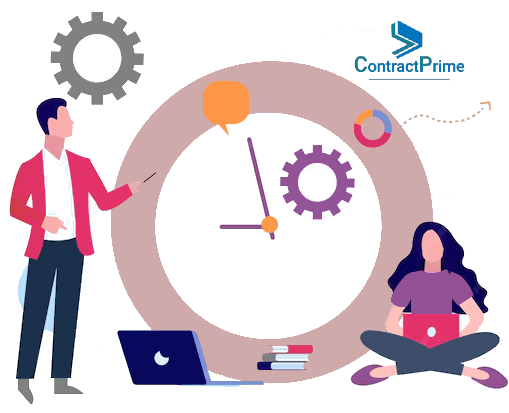
Form Cross-Functional Teams
Forming cross-functional teams is essential for ensuring alignment and buy-in across the organization. By involving key stakeholders from legal, procurement, finance, IT, and other relevant departments, organizations can foster collaboration, gain diverse perspectives, and ensure that the CLM solution meets the needs of all stakeholders.
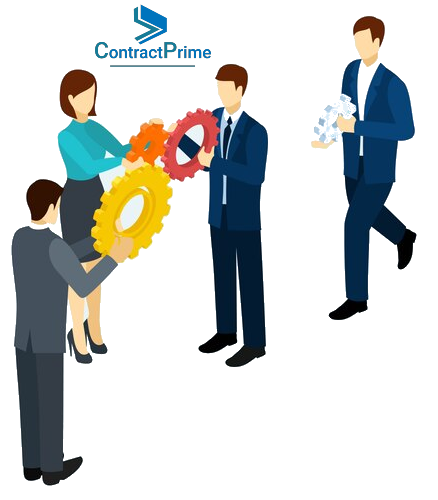
Prioritize User Training and Support
Prioritizing user training and support is critical for promoting user adoption and maximizing the benefits of CLM software. Providing comprehensive training programs, offering ongoing support, and creating user-friendly interfaces are essential strategies for ensuring that users can effectively navigate the CLM system and perform their tasks efficiently.

By following these best practices and leveraging CLM software effectively, organizations can optimize their contract management processes, reduce risks, and drive business value.
Boosting User Adoption of CLM Software
User adoption is a critical factor in the success of CLM software implementation. Overcoming resistance to change, providing adequate training, and highlighting the benefits of CLM software are essential strategies to boost user engagement and drive enthusiasm for adoption.
Overcome Resistance to Change
Resistance to change is a common barrier to user adoption, particularly when implementing new technology solutions like CLM software. Users may be accustomed to existing processes and systems, making them reluctant to embrace change. To overcome resistance, organizations must communicate the need for change effectively, highlighting the benefits of CLM software and addressing user concerns proactively.
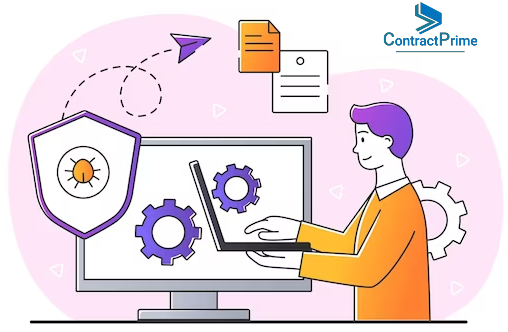
Provide Adequate Training and Support
Providing adequate training and support is essential for ensuring that users can effectively use CLM software and perform their tasks efficiently. Offering comprehensive training programs, providing access to user guides and tutorials, and offering ongoing support are critical for empowering users and building confidence in the new system.
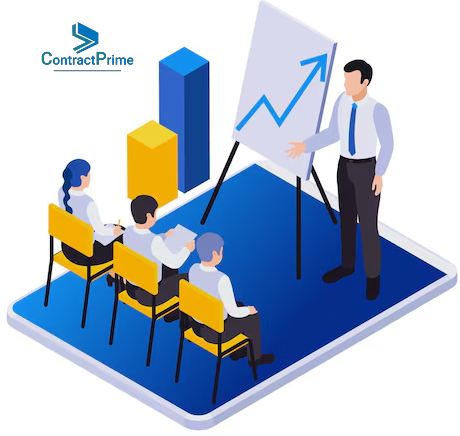
Highlight the Benefits of CLM Software
Highlighting the benefits of CLM software is essential for generating enthusiasm and buy-in among users. By demonstrating how CLM software can streamline processes, improve efficiency, and drive business value, organizations can encourage users to embrace the new system and become advocates for adoption.
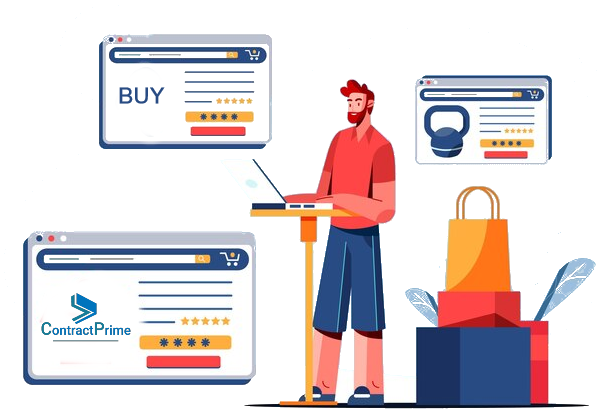
By implementing these strategies and prioritizing user adoption, organizations can maximize the benefits of CLM software and drive success across the organization.
Strategies to Increase User Buy-In for CLM
Increasing user buy-in for CLM software requires a multifaceted approach that addresses user concerns, provides adequate training and support, and highlights the benefits of the new system.
Communicate the Need for Change
Communicating the need for change and addressing user concerns proactively are essential for overcoming resistance and gaining user buy-in. Organizations must clearly communicate the reasons for implementing CLM software, highlighting the benefits and addressing potential concerns such as usability, impact on job roles, and integration with existing systems.

Provide Comprehensive Training Programs
Providing comprehensive training programs and ongoing support is critical for ensuring that users can effectively use CLM software and perform their tasks efficiently. Offering training sessions, providing access to user guides and tutorials, and offering responsive support channels are essential for empowering users and building confidence in the new system.
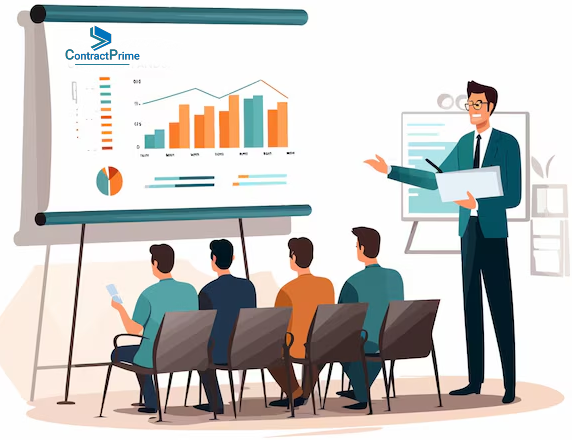
Seamless Integration with Existing Systems
Integrating CLM software with legacy systems presents its own set of challenges. Compatibility issues, data migration complexities, and workflow disruptions can pose obstacles. However, following best practices and collaborating closely between IT and business teams can facilitate seamless integration and unlock synergies across contract management processes.
Address Compatibility Issues
Compatibility issues are a common challenge when integrating CLM software with legacy systems. Ensuring compatibility between different systems and platforms requires careful planning and coordination between IT and business teams. Conducting thorough compatibility assessments and identifying potential integration challenges upfront can help organizations address compatibility issues proactively and minimize disruptions during the integration process.

Overcome Data Migration Complexities
Data migration complexities can also present significant challenges during CLM software integration. Migrating data from legacy systems to CLM software requires careful planning, data cleansing, and validation to ensure data integrity and accuracy. Developing a robust data migration strategy, conducting data mapping exercises, and testing data migration processes thoroughly are essential steps for successful data migration.
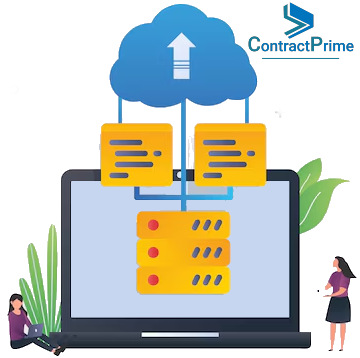
Minimize Workflow Disruptions
Workflow disruptions are another common challenge when integrating CLM software with existing systems. Changes to existing workflows and processes can impact users and operations, leading to resistance and productivity losses. However, by involving stakeholders early in the integration process, communicating changes effectively, and providing adequate training and support, organizations can minimize workflow disruptions and ensure a smooth transition to the new system.

By following these best practices and collaborating closely between IT and business teams, organizations can achieve seamless integration of CLM software with existing systems and realize their full potential.
